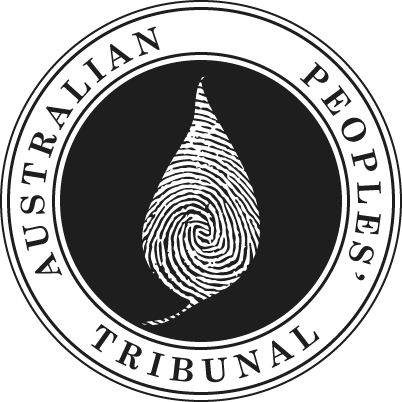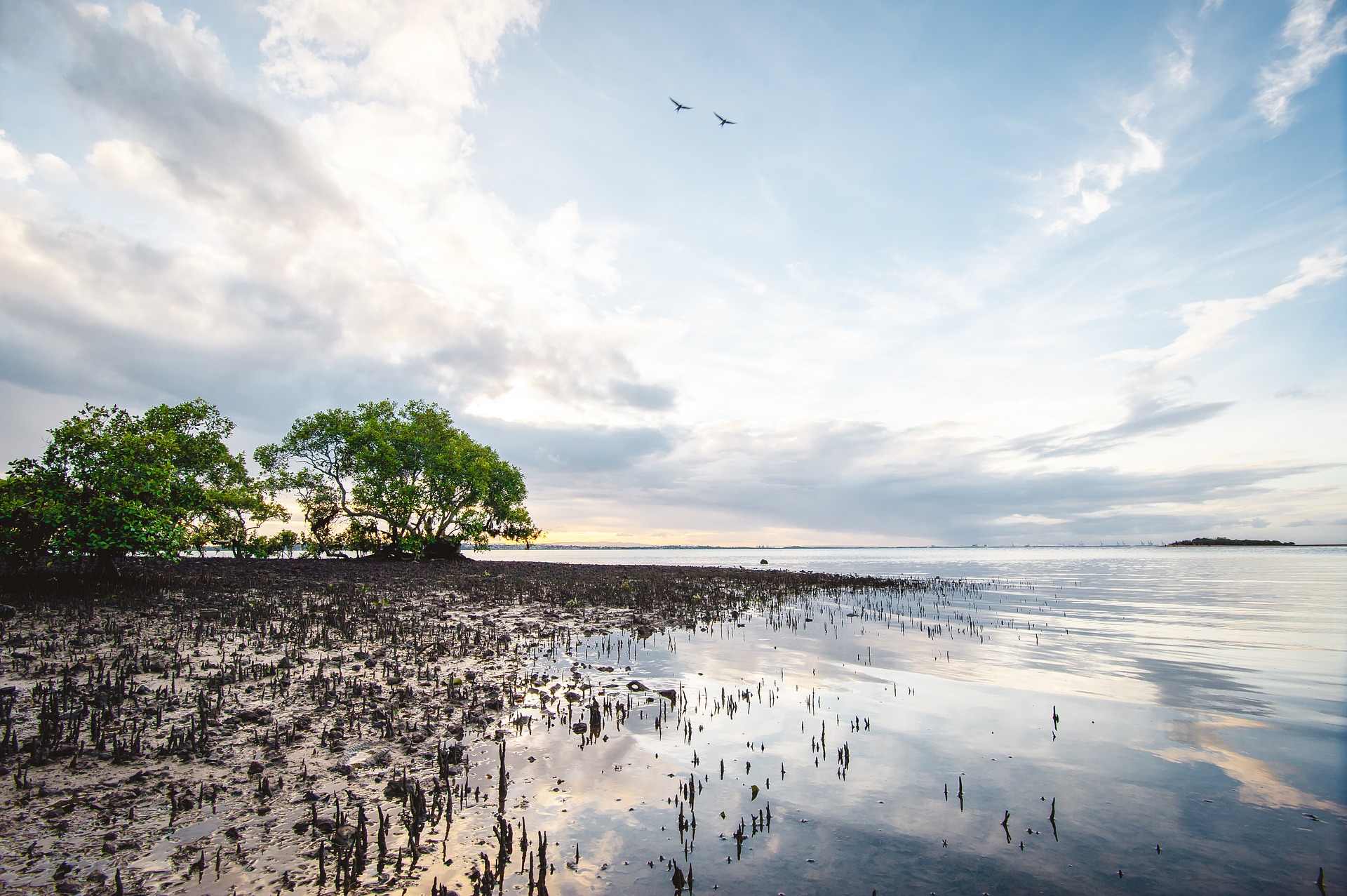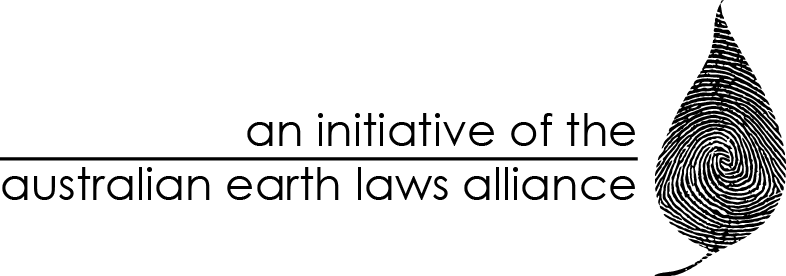Which countries have Rights of Nature laws?
Rights of nature laws and policies now exist in several countries. The rights of nature were enshrined in Ecuador’s 2008 Constitution, Bolivia’s 2010 ‘Rights of Mother Earth’ Act and are now present in more than three dozen local laws in the USA. In New Zealand, several ecosystems now have legal rights, including the Whanganui River and the Urewera Forest.
The European Citizen’s Initiative on the Rights of Nature is working to introduce a proposed Directive to recognise and enforce the Rights of Nature, and Rights of Nature policies have been adopted by the Scottish Greens Party and the Green Party of England and Wales.
Please click on the links below for information about rights of nature laws and policies around the world.
RIGHTS OF NATURE LAWS
RIGHTS OF NATURE POLICIES AND ADVOCACY
- EU Directive on the Rights of Nature – proposed Citizen’s Initiative
- Greens Party of Scotland – official adoption of Rights of Nature policy
- Green Party of England and Wales – official adoption of Rights of Nature policy
- India – advocacy for rights of the River Ganges
International statements and networks that recognise the Rights of Nature
- Universal Declaration for the Rights of Mother Earth
- UN Harmony with Nature Initiative
- IUCN (International Union for the Conservation of Nature) – Work Program 2017-2020
- IUCN Ethics Working Group – Oslo Manifesto 2016
- The Pope’s Encyclical – 2015 – Laudato Si
Rights of Nature Tribunals
International Rights of Nature Tribunal
The International Tribunal for the Rights of Nature was created by the Global Alliance for the Rights of Nature in January 2014. The Tribunal has been created as a permanent tribunal and it will hear cases from around the world on an ongoing basis. The Tribunal was created by leaders of the Rights of Nature movement in response to concerns that current national and international legal systems do not protect the natural world. The Tribunal aims to create a forum for people from all around the world to give a voice to protest the destruction of the Earth—destruction that is often sanctioned by Governments and Corporations—and to make recommendations about Earth’s protection and restoration. The Tribunal also has a strong focus on enabling indigenous people to share their unique concerns and solutions about land, water and culture with the global community.
Learn more about the International Rights of Nature Tribunal, and read about Australia’s participation in the International Rights of Nature Tribunal, including AELA’s Great Barrier Reef Case.
Rights of Nature Tribunal Australia
In 2016, AELA created a permanent Rights of Nature Tribunal for Australia. This Tribunal is a Regional Chapter of the International Rights of Nature Tribunal.
The recognition of the legal rights of the Great Barrier Reef is one of the cases that was considered at the Rights of Nature Tribunal Australia in Brisbane on 22nd October, 2016.
Rights of Nature Tribunal, Bay Area, California (USA)
The Bay Area Rights of Nature Alliance (BARONA), in California, has held two People’s Tribunals for the Rights of Nature:
- 2016 – A Tribunal for the Bay Area Delta and waterways
- 2014 – Chevron Refinery and the Fossil Fuel Industry
How could Rights of Nature laws be created in Australia?
AELA is currently exploring a range of ways that rights of nature laws could be created in Australia. The Rights of Nature Tribunal Australia will also examine law reform proposals for creating rights of nature laws.
There are a number of ways that we could introduce Rights of Nature laws in Australia:
- Constitutional reform at the Federal and State Government level in Australia. View an overview of how Ecuador created Constitutional recognition of the rights of nature.
- Transform federal and state environmental laws to explicitly recognise the rights of nature. See an example of how Bolivia created national laws and institutions to recognise and support the legal rights of nature.
- Community local law making – Read about communities in the USA who have acknowledged the legal rights of nature in local laws and ordinances. Read an introduction to how we could advocate to do this in Australia.
- Legal mechanisms for First Nations People to enshrine their ancient first laws in modern legal instruments, which would include the rights of nature. Read an example of how a First Nations community in the USA has acknowledged rights of nature in its Constitution. Learn more about how Maori people in New Zealand have created new legal mechanisms to enshrine their cultural and legal values relating to the non-human world.
- Creating rights of nature for iconic ecosystems – such as the Great Barrier Reef, the Mardoowarra/Fitzroy River and other major ecosystems and landmarks. The following section presents an overview for how this could be done for the Great Barrier Reef.
Rights of Nature laws for the Great Barrier Reef
One way that Australia could start to make Rights of Nature laws, is to start with iconic ecosystems – such as the Great Barrier Reef – and reform our laws to recognise the inherent rights of such ecosystems to exist, thrive and evolve.
There are a number of different ways the Australian legal system could be changed to acknowledge the rights of the Great Barrier Reef, including:
- The Great Barrier Reef is in Commonwealth waters, so we could recognise the rights of the Reef by amending the Great Barrier Reef Marine Park Act.
- We could also recognise the inherent rights of the Great Barrier Reef by holding a referendum and amending the Federal Constitution.
- Given the Reef is adjacent to the State of Queensland, and land based activities in Queensland directly impact the health of this marine community, we could amend the Queensland Constitution to recognise the rights of the GBR. (read an example of such an amendment [MS Word document]).
- Finally, local communities could begin a ‘wave’ of local law making similar to that seen in the USA, which recognises the rights of nature and (at present at least) defies any State and Federal laws to the contrary.
The recognition of the legal rights of the Great Barrier Reef is one of the cases considered at the Rights of Nature Australia (RONA) Peoples Tribunal held in Brisbane on 22nd October, 2016.
Further reading
Please click on the links above for information about rights of nature laws in New Zealand, the USA, Ecuador and Bolivia. And visit our Resources webpage for further reading suggestions about the Rights of Nature and Earth jurisprudence.










